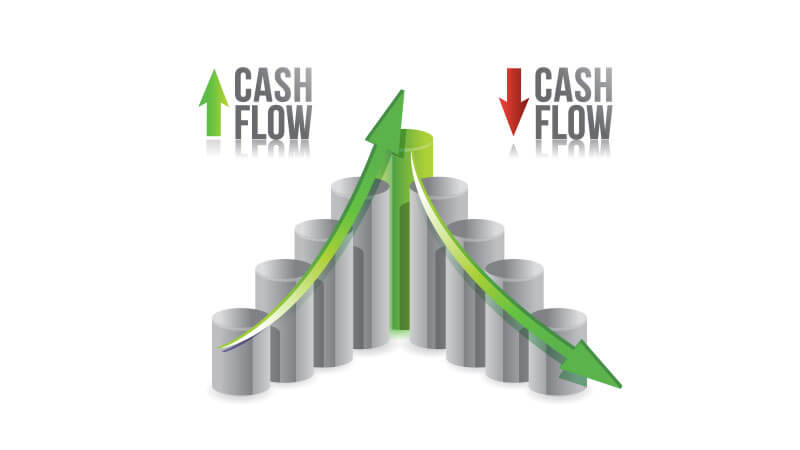
Control Your Cash Flow
Have you ever laid awake at night, wondering how you are going to pay your business bills or wages due this week?
You are not alone. Cash Flow is the number 1 concern for most small business owners. Without cash flow, the business will fail. So taking control of cash flow is critical and below we share some simple techniques to help your on that journeyFirstly, some sobering stats regarding business failure:
To gain control of cash flow you need to understand your business. For a start, how many days a week do you invoice and have cash come in? How many weeks a year do you invoice and have the cash come in?
Is your business seasonal or subject to natural peaks and troughs? How much cash do you expect your business to generate in the next week, month, or the next 12 months?
As an example, for a retailer of children’s toys, cash flow in December will be its biggest month. For many other businesses, December and January is a time to close the business and send everyone on annual leave.
Working out Cash Flow needs
Once we have an understanding of your business’ trading, we get an understanding of cashflow expectations and can break your cash flow down to daily, weekly and monthly expectation as shown in the example spreadsheet below.
For example: A business that is only open 5 days a week, does not trade on public holidays and closes for 15 December to 12 January, has only traded for 233 days a year. 5 days x 48 weeks less 7 public holidays in the 48 weeks.
Now it’s time to calculate your business’ average daily cashflow by using this simple formula: {Turnover divided by trading days}
This is the way to find out how much you need to invoice or sell each business day to make the projected turnover.
Cash Flow Reserves
Next Step is to build cashflow reserves. Conventional wisdom is that business should aim to hold 25% of sales.
Highly profitable businesses will find this easy to achieve. Businesses where the owner requires most of the cash to support lifestyle will need to work harder to achieve the 25% target over a longer period of time.
Notwithstanding this, the objective is the same and can be achieved by growing profits (income less expenses) at a greater rate than drawings.
Once we have worked out what is coming in, we need to set money aside for:
- Marketing (1-10% of sales to grow the business)
- Overhead
- Taxes and statutory obligations
- The Buffer or Accumulation account
The amount required for each of these expenses on a daily, weekly and monthly basis can be calculated using the same methodology as for income.
Setting up Accounts
The final piece in the puzzle is to rename your main bank account as the Income & Marketing Account and use this account to receive all income and to pay all marketing and sales related commission or direct expenses.
Open additional bank accounts for:
- Overhead – wages, rent, business expenses
- Taxes account to cover Tax, BAS, Super Payroll Tax etc., and
- The Buffer account to build reserves
Set up daily transfers from the Income account to the Overhead as per the calculation sheet, and then from Overhead to Taxes and Buffer.
Start with a small amount of say $1 to the Buffer (Accumulation) account and increase this amount as you get comfortable with the process.

